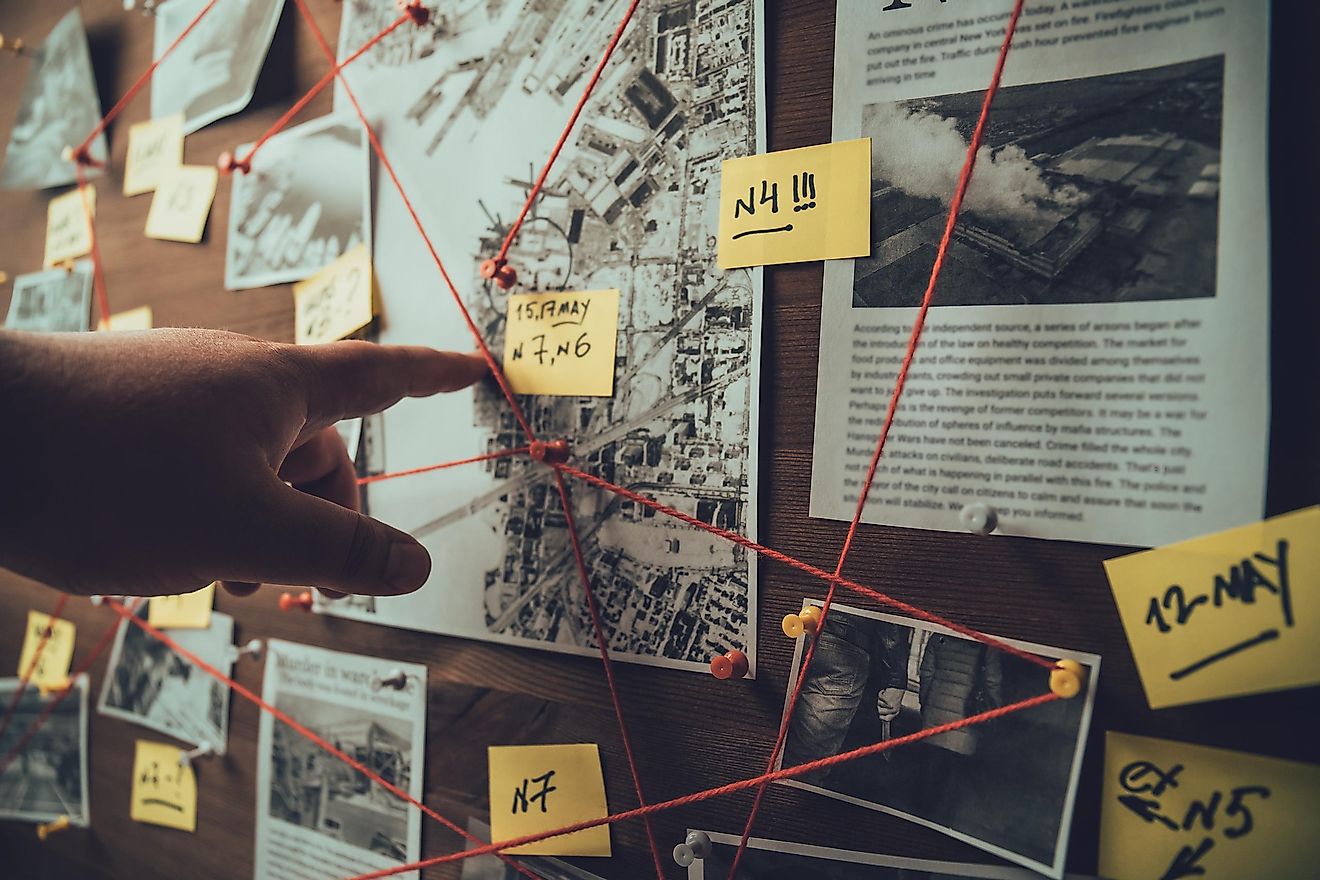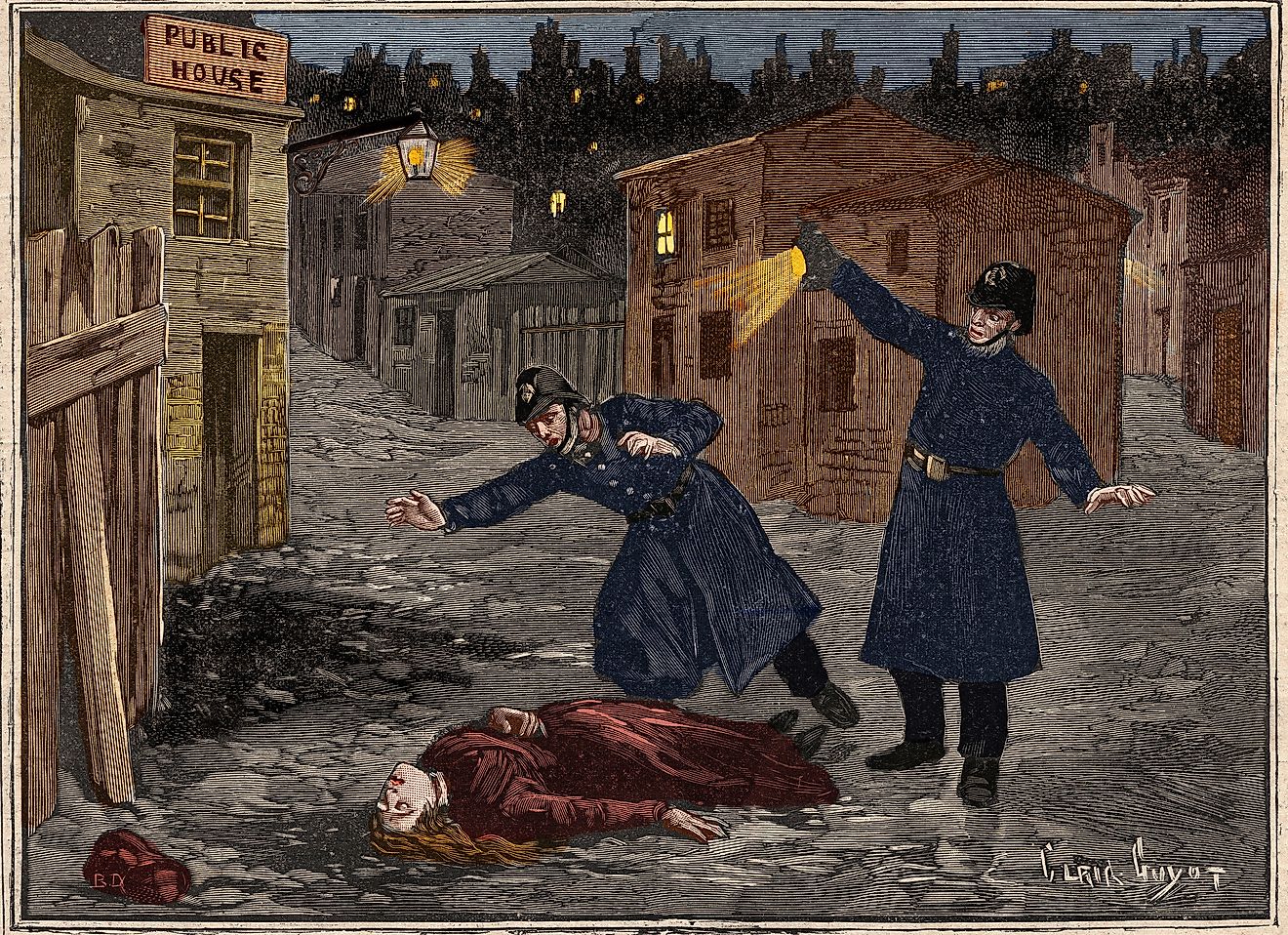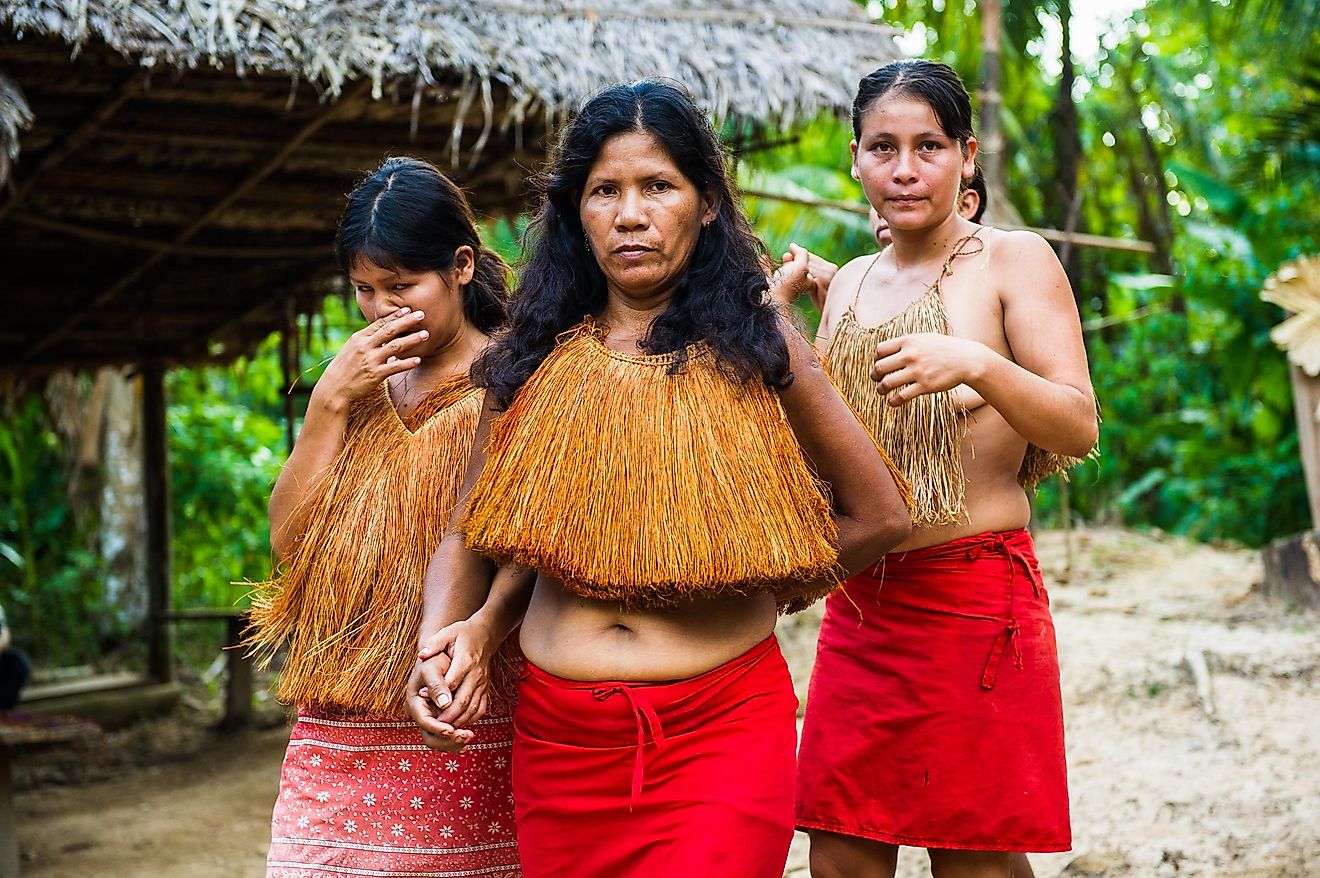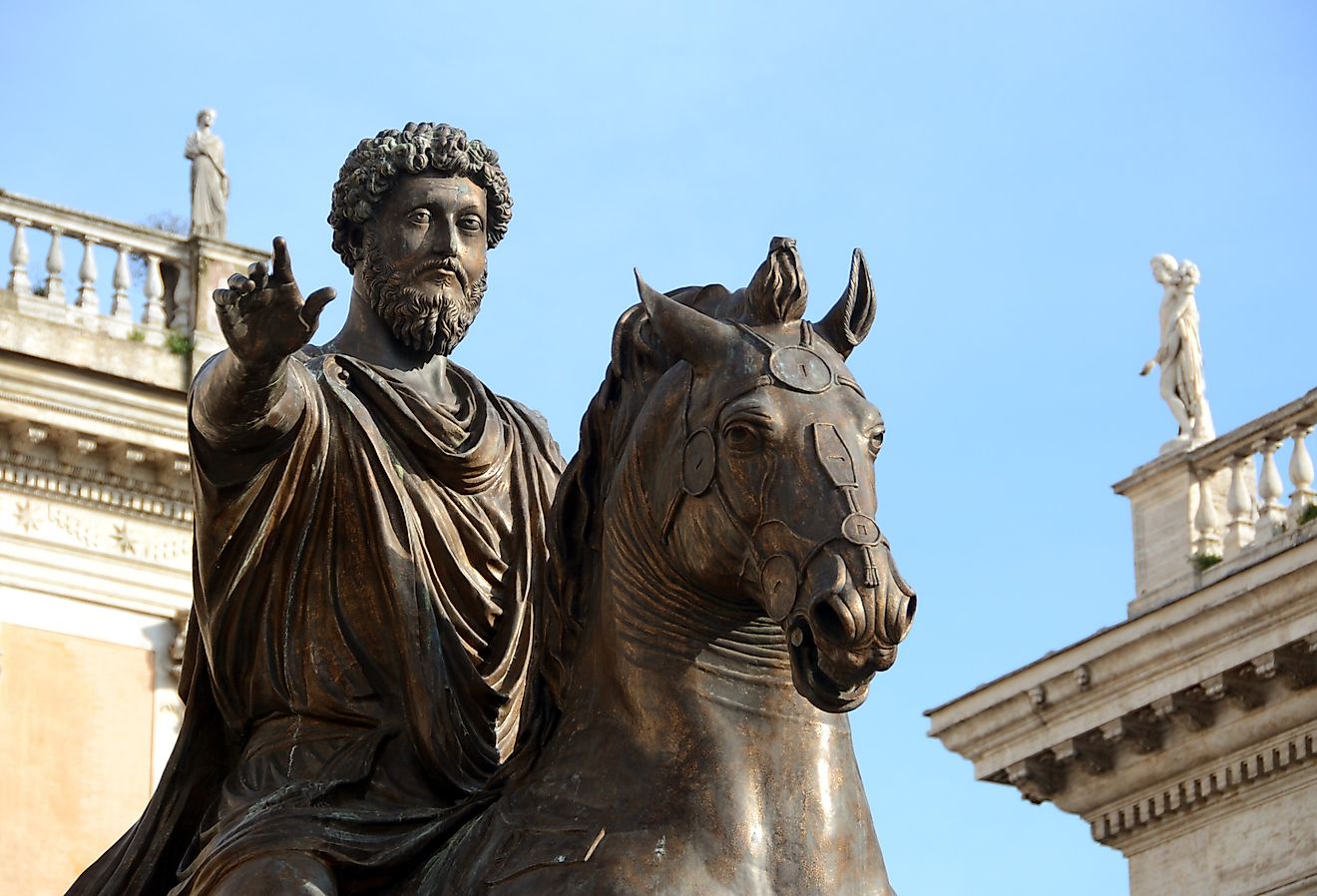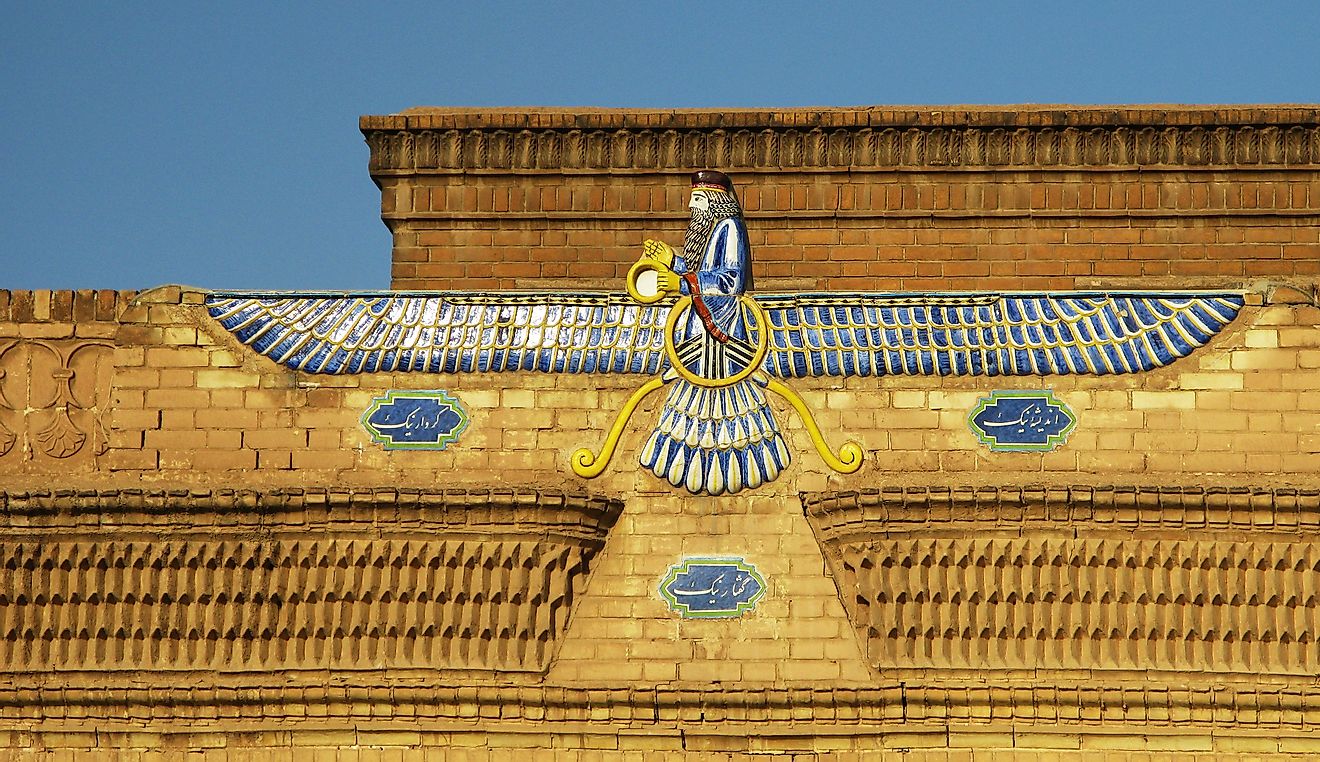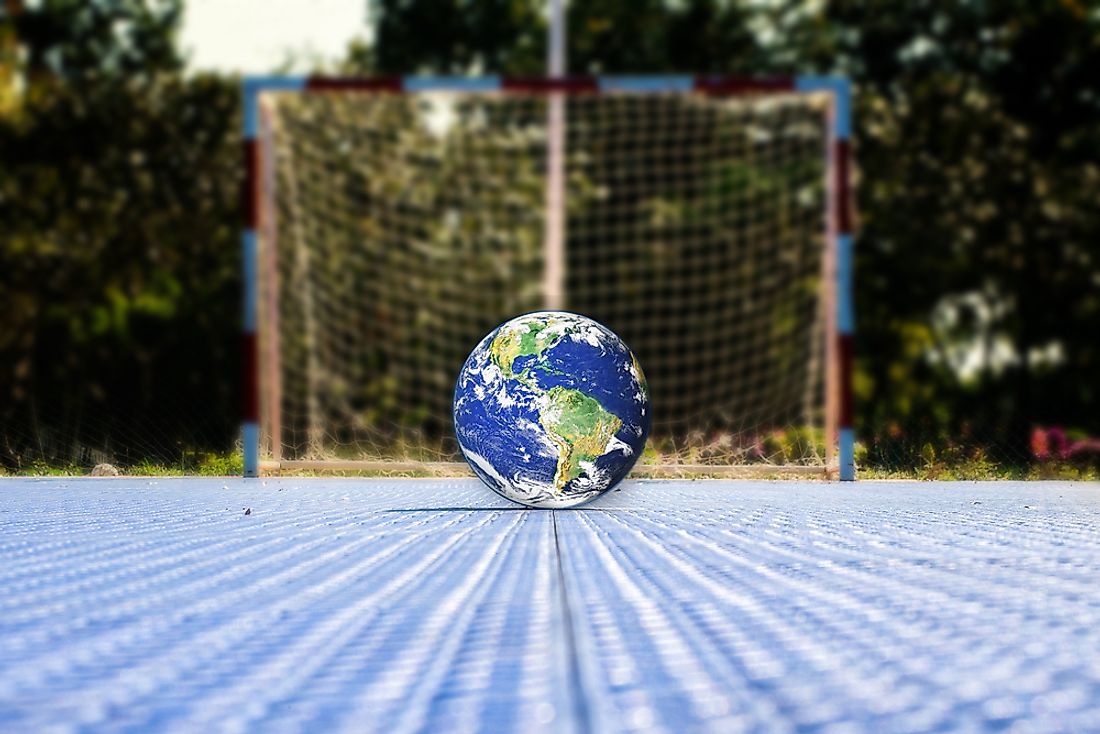A Brief History Of Russia
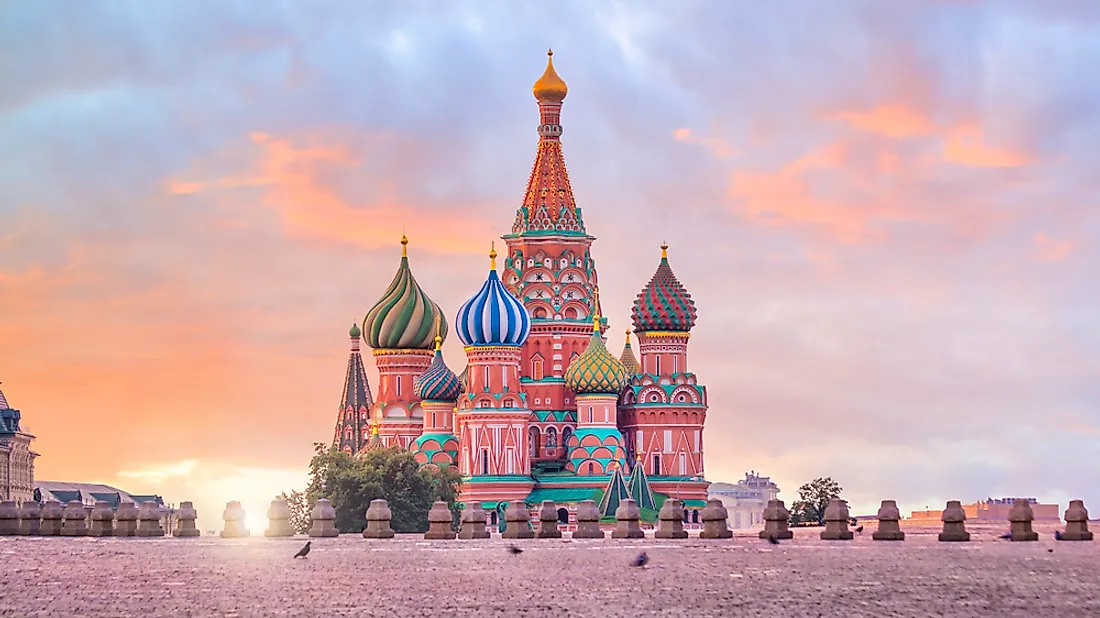
6. Prehistoric Russia
The first mentioning of some community in the territory of what we now refer to as Russia came to be in the Fourth Century AD with the formation of the first tribal union of Eastern Slavs (Volhynians and Buzhans). The following century marked yet another tribal union of Eastern Slavs, the Polyants, in the middle basin of the Dnieper River. This period claims the first written evidence about the "Rus" and "Rusah". In 558 the Avars battled and won over the Slavic tribe of Dulebs, marking the subsequent series of victories and defeats, as well as a broadening of these Slavs' nation over a long phase lasting around three hundred years.
5. Early Russian Civilization
At the beginning of the Eighth Century the resettlement of Slavonic tribes began in the upper basins of the Dnieper, Western Dvina, and Upper Volga Rivers. Towards the end of the century the ancient state of the Slavs faced with the north expansion of the Khazar Khanate and the imposition of tribute on the Slavic tribes of Polyants, Severian, Vyatichi, and Radimichi. Unlike the countries conquered by the Mongols in Central Asia, the Caspian and the Northern Black Sea coast, which had favorable natural conditions for extensive nomadic herding and became the territory of the Mongolian state, Russia had generally maintained its own independent statehood throughout the period. The dependence of Russia from the khans of the Golden Horde was expressed in the heavy tribute which the Russian people were forced to give the invaders.
4. Kievan Rus, Mongols, and Tatars
The culture of the Slavic tribes on the eve of the ancient Russian state was marked with the creation of the Slavic alphabet by Cyril and Methodius in the middle of the 9th Century. The Russian language has become a source of cultural history, being at that time very similar to other Slavic languages. The end of the century set the stage for the reign of Prince Oleg, famous for the unification of the Novgorod and Kiev regencies, and later the transfer of the capital from Novgorod to Kiev. The newly born kingdom conquered the tribes of Krivichi, Drevlyane, the Severians, and Radimichi and formed the Kievan Rus. In the early Thirteenth Century the large Mongol state formed in Central Asia. The territory occupied by Mongolian tribes, stretched from lake Baikal, the upper reaches of Yenisei River and Irtysh River in the north down to the southern regions of the Gobi Desert. On behalf of one of their principal tribes, the Mongols also wore the name of Tatars. Until the early thirties of the Thirteenth Century, the Mongol-Tatars engaged in wars in China and Central Asia, strategically explored the future theater of military invasions, and collected information on the political situation and economic and military capabilities of European countries.
The reason behind the rapid and victorious advance of Genghis Khan's troops was the fragmentation of Russia by the principalities, competing with each other. Since the second half of the 14th Century, the unification process begins, having a major driving force of steady defeat of main political rivals by Moscow principality in the Sixties and Seventies of that century. The formation of Russian land has began around Moscow, the city which played a role of political supremacy in region. Moscow took over the organization of a nationwide struggle to overthrow the yoke of the Golden Horde. The final stage of the unification process took about 50 years during the reign of Ivan III (1462-1505), and first years of the reign of his successor Vasily III (1505-1533). The following hundred years witnessed a struggle with the Scandinavian kingdoms in the Northern and Northwestern borders and accession by Russia lands in the lower reaches of the Volga River, the Northern Caucasus, and Siberia.
3. The Rise of Moscow and the Russian Empire
The concept of the Russian Empire originated with Peter the Great, and it began with grandiose reforms that country has never seen before. All transformations of Peter The Great, regardless of the time they were conducted, historians usually divided into few types: reform of government and administration, an industrial transformation, trade and finance, the military reform and changes in foreign policy of the state, reforms in the education and culture, and church reforms. Peter's urge for modernization in the economy was due to the dire conditions of the country after devastating Northern war. It was necessary to establish production of all industrial levels to meet the needs of the army. In the end the Northern war, Russia took a firm position of the great European powers. Architecture, literature and state of culture in general passed a transitional period, somehow reflecting the Western European influence. It is noticeable in the late 17th and early 18th Centuries the formation of the "Moscow Baroque" style, as well as the development of Church architecture. The Europe has heard the the name of Russian Ballet, yet the state capital was moved from Moscow's baroque mansions to the grandeur of the more Westernized Saint Petersburg's classicism.
2. The USSR
After the socialist revolution of 1917 in Russia, Moscow became the capital once again, and the state system of the large Russian country had changed completely. The followers of the communist ideas of Karl Marx and the ideology of the Russian revolution leader Vladimir Lenin took over. Until 1922 there was a civil war and the formation of the state, which entered the history as the Union of Soviet Socialist Republics, or the Soviet Union. The Soviet Union existed for 70 years and was the body of 15 Soviet republics to the West, Southwest, and Southeast of what was once the Russian Empire. During its existence the Soviet country has significantly raised the educational level of society, through the access to free education system, which was compulsory for all layers of population.
The country has passed the stage of industrialization, developing light and heavy industry, metallurgy and high-tech industries, including space shipbuilding resulted in manned space expeditions. Despite the outer achievements the country have had ideological issues dimmed as time passed by. High dependence on the import of carbohydrates and decline in productivity led to the decline in the economy in the mid-1980s of the last century. The socialist system was in dire need of reform because of accumulated problems in the national economy, foreign policy, cold war and human rights abuses associated with ideological intolerance of ruling elite. With Mikhail Gorbachev coming to power in 1985, the country's development vector has changed even more dramatically than in the times of Peter the Great. The changes affected the foreign policy and the openness of society to the rest of the world, processes of Perestroika have altered the institutions of government, and Glasnost (openness) pushed the boundaries of freedom of expression and freedom of conscience.
1. Post-Soviet Russia
After the Soviet Union ceased to exist in 1992, a phase of self-formation occurred in republics of the former Soviet Union and the largest one, the Russian Federation, which was the basis of both the Russian Empire and later the Soviet Union, have embarked upon the construction of a market economy. Russia is currently engaged in a number of military endeavors in Eastern Europe and the Middle East, many of which are controversial and seen Russian actions frowned upon by many members of the United Nations (UN) and the North Atlantic Treaty Organization (NATO).
